70 Percent Truck Tyres In India Are Retreaded Once: ICRA
- By Gaurav Nandi
- January 10, 2025
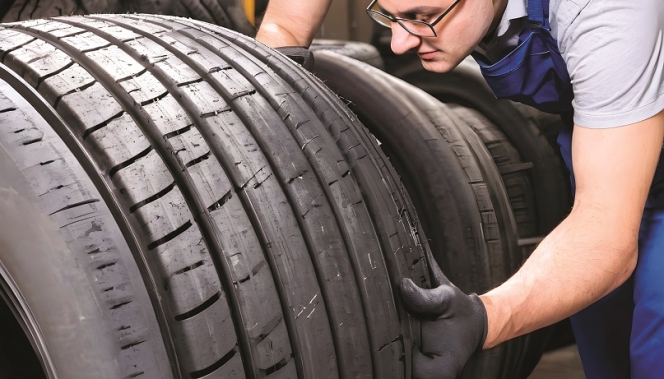
India’s tyre retreading market is estimated to be an INR 60 billion industry with retreading mostly happening on commercial vehicle tyres. The organised sector is slated to grow between 7-9 percent (CAGR) over the next three years. The retreading industry in India dates back decades, primarily focusing on commercial vehicle tyres. Over the decades, it has evolved with advancements in technology and regulatory frameworks. Government initiatives promoting sustainability and waste tyre management have further spurred growth, establishing retreading as a key component of the tyre market.
A recent media report stated that the organised tyre retreading market in India observed muted growth in the last five years. Speaking to Tyre Trends¸ ICRA Assistant Vice President and Sector Head – Corporate Ratings Nithya Debbadi said, “The domestic tyre retreading market is estimated at over INR 60 billion. Tyre retreading is largely done in commercial vehicles, which account for 80 percent of the market. Trucks account for 60-65 percent, while buses account for the rest of 15-20 percent. Off-highway tyres (OHT) including tractors account for 12-15 percent, while passenger vehicles account for a negligible share.”
More than 70 percent of the truck tyres are retreaded at least once. While retreading is prominent even in the LCV segment, proportion of tyres retreaded is lower than in M&HCV. Increasing radialisation, improving road infrastructure and retreading technology and focus on sustainability is expected to increase the share of retreading in the truck and bus radial (TBR) segment, going forward. New tyre designs for electric vehicles also presents opportunities for the retreading industry.
Demand growth
Alluding to how the Indian government’s focus on waste tyre disposal and increasing radialisation in commercial vehicles has benefitted the TBR retreading market in India, she noted, “Indian government introduced Extended Producer Responsibility (EPR) guidelines for waste tyres management, which came into effect in July 2022. The guidelines lay down rules relating to utilisation and management of waste tyres by producers (manufacturers and importers), recyclers and retreaders. Producers or importers need to fulfil EPR obligations by purchasing EPR certificate from registered recyclers. However, EPR obligation of tyre which has been retreaded shall be deferred by one year.”
 “While the guidelines came into effect in FY2023, targets have been increasing progressively with the obligation increasing to 100 percent of tyre production in FY2025. Increasing focus on waste tyre management incentivises producers to focus on sustainability, which supports growth of retreading market. Compliance is achieved by purchasing EPR certificates from authorised recyclers or retreaders, thus developing tyre recycling infrastructure,” she added.
“While the guidelines came into effect in FY2023, targets have been increasing progressively with the obligation increasing to 100 percent of tyre production in FY2025. Increasing focus on waste tyre management incentivises producers to focus on sustainability, which supports growth of retreading market. Compliance is achieved by purchasing EPR certificates from authorised recyclers or retreaders, thus developing tyre recycling infrastructure,” she added.
In trucks and bus segment, share of radialisation is estimated to have increased from 48 percent in FY2019 to over 55 percent in FY2024. Radial tyres have stronger structure, which supports multiple rounds of retreading. Moreover, radial tyres are more suited for roads in better conditions, leading to higher range for a given duration. This leads to frequent need for retreading.
She also noted that owing to Covid-19 and its post-effects, the retreading industry saw a flattish growth (estimated CAGR of 1-3 percent) in the three years ending FY2023. However, with the government’s thrust towards disposal of waste tyres, anti-overloading measures and increasing radialisation in commercial vehicle tyre segment, the retreading market has been a key beneficiary witnessing better demand traction in FY2024.
ICRA expects the organised tyre retreaders to grow by 7-9 percent (CAGR) over the next three years. Key factors supporting the growth include focus on sustainable tyres, improving tyre and retreading technology, better road infrastructure, rising radialisation in CV segment etc.
Alluding to what impact is the growing demand for sustainability and cost efficiency having on the quality standards and innovation within the retreading industry, she noted, “Retreading results in significant cost saving as the cost of retreading is around 20-50 percent the cost of a new tyre because of reuse of casing. Treads account for close to one-third of a tyre’s total cost. Performance of a retreaded tyre also depends on the health of the original casing.”
She added, “Developments in tyre technology has resulted in stronger casings and overall tyre structure that supports multiple rounds of retreading. Enhanced re-manufacturing techniques and higher quality rubber compounds are improving the quality of retreaded tyres and supporting demand. With quality casing and superior retreading technology, a tyre can be retreaded two to three times before being replaced while maintaining 80 percent quality of the new one.
Impending challenges
The tyre retreading market in India is at a pivotal juncture driven by a confluence of regulatory support, technological advancements and a growing awareness of sustainability. While challenges remain in the form of market fragmentation, the potential for growth is significant.
Despite these positive trends, the TBR retreading market faces significant challenges. The Indian market remains highly fragmented with over 50 percent of players operating in the unorganised sector.
As the industry adapts to changing dynamics, the focus on quality and sustainability will play a crucial role in shaping its future trajectory. The next decade may see retreading not just as a viable alternative to new tyres but as an essential component of a more sustainable automotive ecosystem in India.
PCBL Chemical Appoints Nilesh Koul As Managing Director
- By TT News
- November 05, 2025

In a significant leadership transition, PCBL Chemical, a part of the RP-Sanjiv Goenka Group, has appointed Nilesh Koul as its Managing Director for a five-year term, effective immediately. The company's Board confirmed this appointment during its meeting on 3 November 2025 subject to final ratification by shareholders through a postal ballot. This change was prompted by the resignation of the former Managing Director, Kaushik Roy, who stepped down for personal reasons, effective from the same date. The Board emphasised that selecting Koul is a strategic step aimed at ensuring leadership continuity and driving the company's future growth.
Koul is an experienced leader with a career spanning 28 years across diverse sectors including metals, oil and gas, construction materials and FMCG. His professional background includes senior executive roles at prominent organisations such as Hindalco Industries, British Petroleum, Castrol India, LafargeHolcim and Pidilite Industries, where he managed international operations. His most recent position was Senior President and CEO of the Aluminium Downstream business at Hindalco Industries. Academically, he is a graduate of G B Pant University and an alumnus of IIM-Ahmedabad, and he also serves on the Board of the Aerospace India Association.
Tire Rack Co-Founder Mike Joines Inducted Into Tire Industry Hall Of Fame
- By TT News
- November 05, 2025
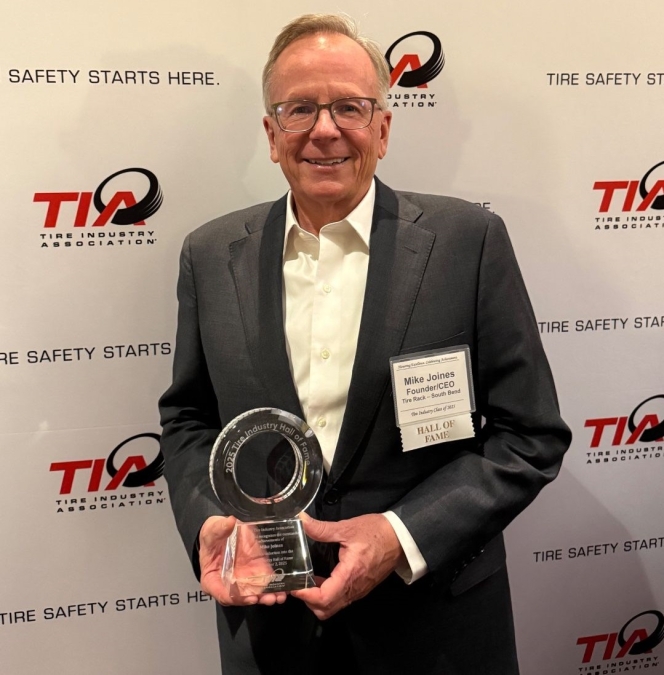
Tire Rack is celebrating the induction of its co-founder and longtime CEO, Mike Joines, into the Tire Industry Hall of Fame. The company credits Joines' automotive passion as the foundational spark for its mission to transform the tyre industry. Under his leadership, Tire Rack pioneered one of the first e-commerce platforms for tyre retailing, fundamentally changing how consumers research and purchase tyres.
The company’s philosophy, established by Joines, centred on empowering customers through comprehensive information rather than just completing a sale. This customer-first approach was built upon providing detailed product reviews, performance testing data, side-by-side comparisons and expert guidance.
Tire Rack also acknowledges that Joines understood the critical role of its team, noting that the ingenuity and integrity of its employees have been the true driving force behind decades of innovation and sustained customer trust. The company honours Joines as an enthusiast, innovator and leader whose devotion remains a source of inspiration.
Goodyear Posts USD2.2 Billion Quarterly Loss As It Completes Divestitures Under Goodyear Forward Plan
- By Sharad Matade
- November 04, 2025

Goodyear Tire & Rubber reported a net loss of USD 2.2 billion for the third quarter of 2025, weighed down by significant non-cash charges, even as its “Goodyear Forward” transformation programme continued to deliver strong operational benefits and major divestitures were completed.
The tyre maker said segment operating income rose to USD 287 million in the quarter, reflecting USD 185 million in cost-saving benefits from Goodyear Forward, which helped offset inflationary pressures, lower volumes and the absence of prior-year insurance recoveries.
“We delivered a meaningful increase in segment operating income relative to the second quarter in an industry environment that continued to be marked by global trade disruption,” said Mark Stewart, Chief Executive Officer and President. “This growth underscores our strong product portfolio and the consistency of our execution under the Goodyear Forward plan, both of which we expect to support further acceleration in our earnings during the fourth quarter.”
Goodyear’s quarterly net sales were USD 4.6 billion, with tyre unit volumes at 40 million. The company recorded a USD 1.4 billion non-cash deferred tax asset valuation allowance and a USD 674 million goodwill impairment charge during the quarter. Adjusted net income was USD 82 million, compared with USD 102 million a year earlier.
The company stated that all planned asset sales under its Goodyear Forward plan had now been completed, generating total gross proceeds of approximately USD 2.2 billion, which will be used to reduce debt and reinvest in growth.
On 31 October, Goodyear finalised the sale of the majority of its Goodyear Chemical business to an affiliate of Gemspring Capital Management, LLC, for USD 650 million, subject to adjustments. At closing, Goodyear received approximately USD 580 million in cash, which reflected working capital adjustments, including those for intercompany receivables.
“With the sale of our Chemical business, we have completed all of the planned asset sales included in our Goodyear Forward transformation program,” said Stewart. “Additionally, we surpassed initial expectations, with total gross proceeds from the divestitures of approximately USD 2.2 billion. As a result, we have a more focused, streamlined portfolio that will allow us to grow our core products and services and achieve our vision of being #1 in Tires and Service.”
The sale included Goodyear Chemical facilities in Houston and Beaumont, Texas, as well as a research office in Akron, Ohio. The company retains its chemical plants in Niagara Falls, New York, and Bayport, Texas, as well as the rights to the products produced there.
By region, the Americas segment reported third-quarter sales of USD 2.7 billion, a 4.2 percent year-over-year decline, as replacement tyre volumes decreased due to high inventories of imported products in the US market. Segment operating income fell to USD 206 million from USD 251 million.
In Europe, the Middle East and Africa (EMEA), sales rose 4.4 percent to USD 1.4 billion, supported by favourable currency movements and stronger price/mix. Operating income increased to USD 30 million from USD 23 million a year earlier.
Asia Pacific sales fell 18.9 percent to USD 501 million, reflecting the sale of the Off-the-Road (OTR) tyre business and softer demand in Japan, Australia and China. Segment operating income dropped to USD 51 million from USD 72 million.
Goodyear said it expects to achieve about USD 1.5 billion in annualised run-rate benefits from the Goodyear Forward programme by the end of 2025.
Nitto Tire’s Tomo Mizutani inducted into Tire Industry Hall of Fame
- By TT News
- November 04, 2025
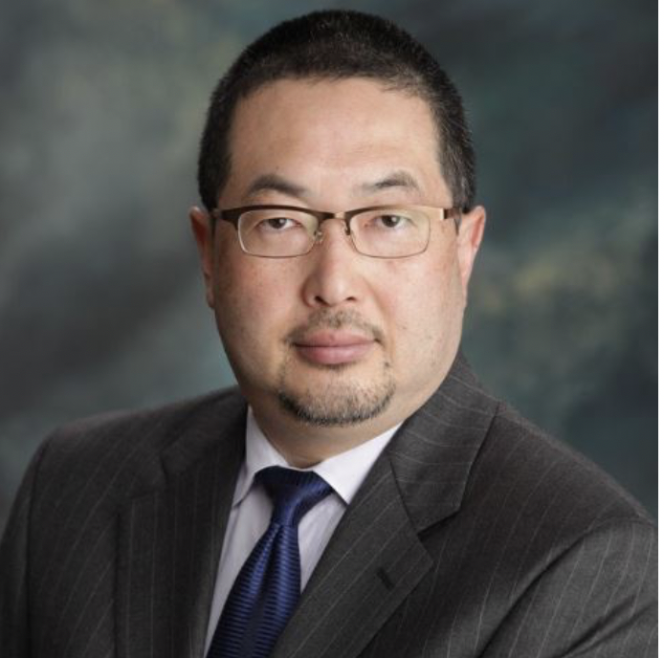
Tomoshige “Tomo” Mizutani, advisor and former Chairman and Chief Executive of Nitto Tire USA Inc., has been inducted into the Tire Industry Hall of Fame, one of the sector’s most prestigious honours.
The induction, hosted by the Tire Industry Association (TIA), will take place in Las Vegas alongside the 2025 SEMA Show, running from November 4 to 7.
With more than four decades in the tyre industry, Mizutani is widely credited with transforming Nitto Tire USA from a struggling operation in the early 1990s into a billion-dollar brand recognised for its innovation, performance, and strong connection with car enthusiasts.
“Our 2025 inductees embody the spirit of innovation and service that defines the tyre industry,” said Dick Gust, CEO of the Tire Industry Association. “Their contributions have improved safety, expanded opportunity, and shaped the way we do business worldwide.”
Mizutani’s approach combined deep market insight with bold risk-taking. By engaging with emerging communities of young car enthusiasts and later expanding into the off-road segment, he helped reposition Nitto as a brand built around passion and creativity.
Known for embracing innovation, Mizutani was among the first to champion enthusiast-driven product development and leverage digital and social media marketing to build brand loyalty. Under his leadership, Nitto cultivated a social media community exceeding 13 million followers, making it one of the most engaged automotive brands online.
“When new game-changing innovations would arise,” Mizutani said, “we viewed them as huge opportunities instead of risks.”
A frequent speaker at leading universities and industry events, Mizutani has shared his philosophy of creativity, resilience and perseverance with aspiring business leaders, often reminding audiences to “never ever give up.”
“This honour is beyond my dreams,” Mizutani said. “I’ve been privileged to meet and learn from industry legends who inspired me since my first day in America. I am deeply grateful for the incredible people who have guided, challenged, and supported me throughout my journey.”


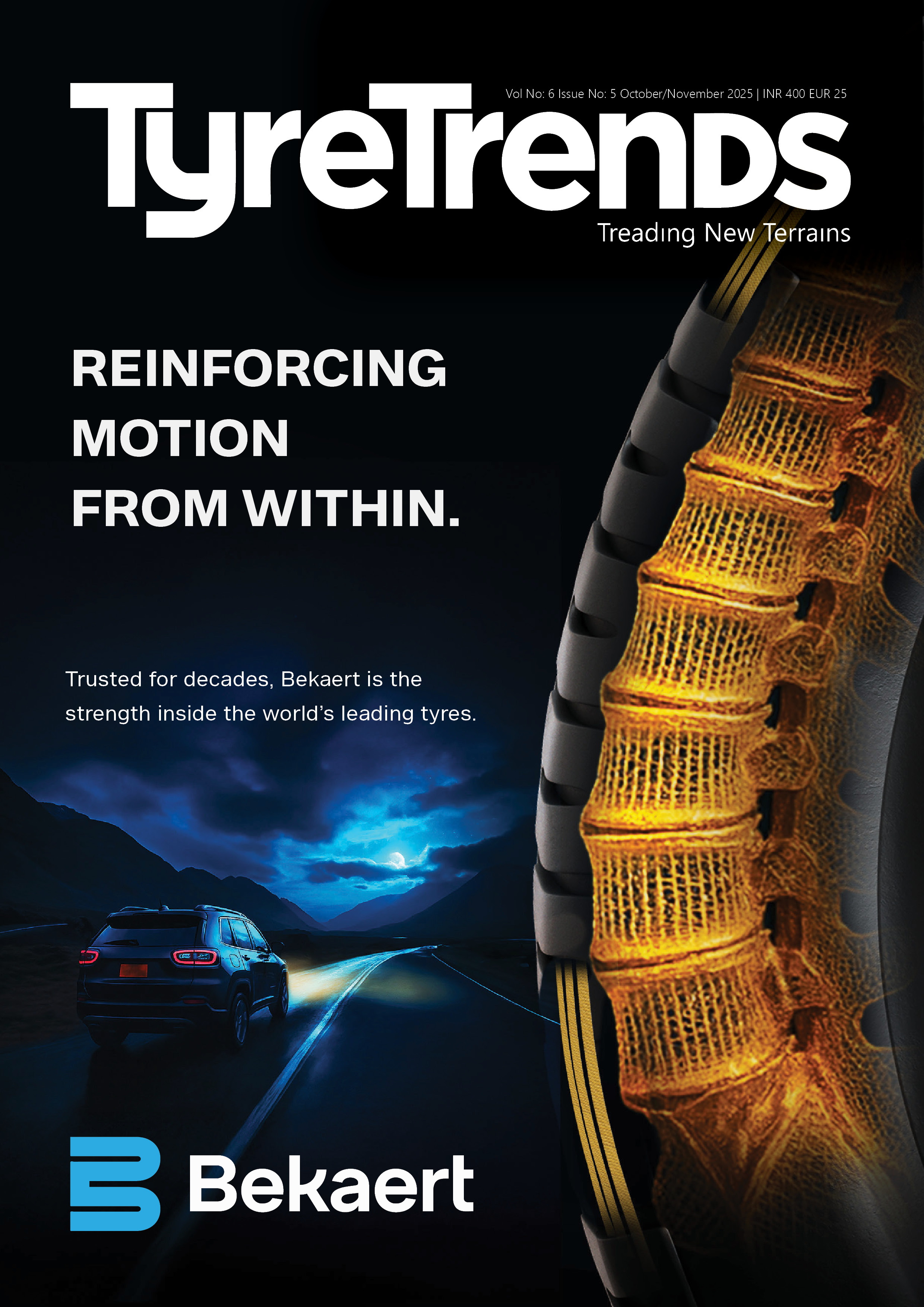
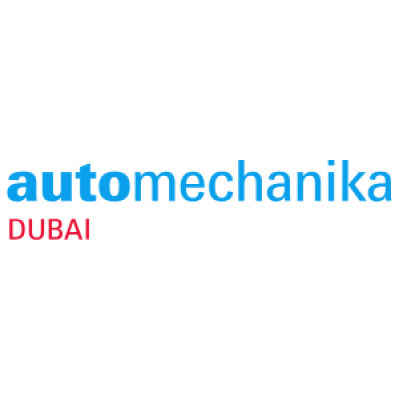



Comments (0)
ADD COMMENT